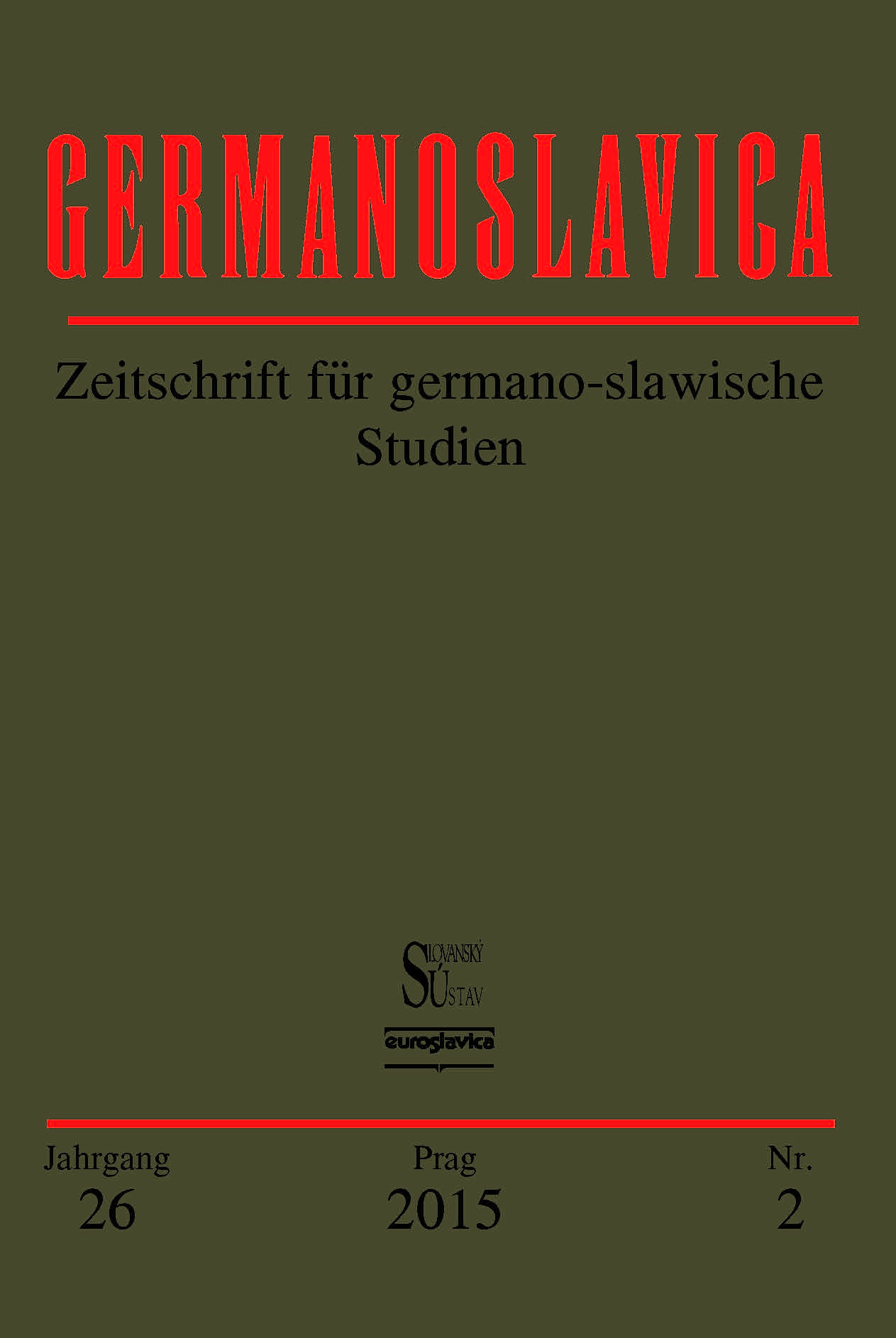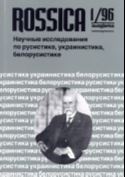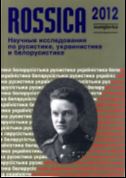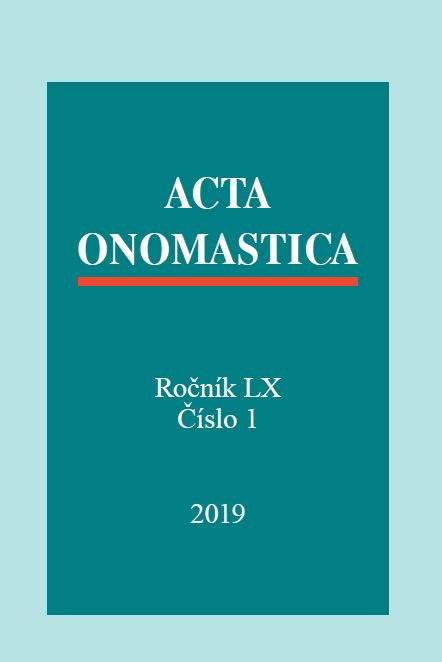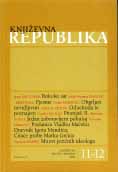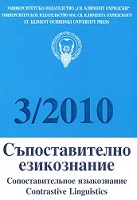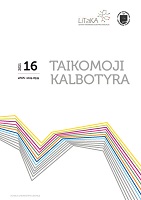Literární prostory otcovství
This article seeks to contribute to the discussion about literary images of fatherhood in contemporary Czech and Polish prose. It focuses on analysing the specific literary spaces that have emerged alongside a new type of literary character, namely, ‘new fathers’, who give up their professional activities to stay home and look after babies. A comparative analysis of two novels – Petr Šabach’s Putování mořského koně (The Pilgrimage of a Sea Horse) and Marek Kochan’s Plac zabaw (The Playground) – presents the similarities in the structures of their literary space and in the way masculinity is contextualised in the space of the playground and the home. The article sets the analysis against the backdrop of social changes affecting parenting and fatherhood in Poland and the Czech Republic in recent decades.
More...
